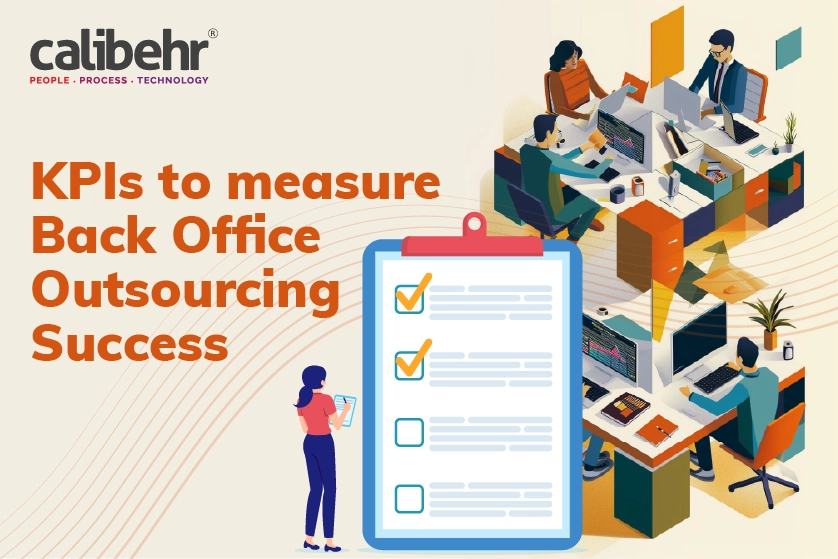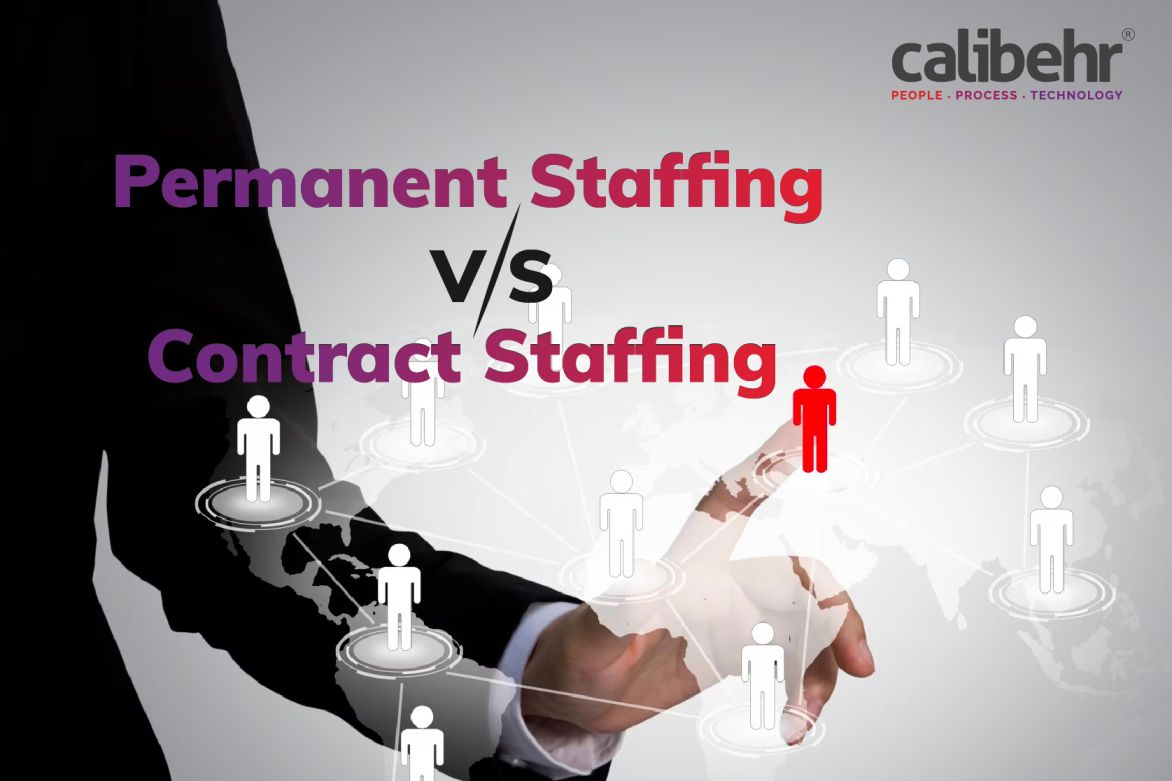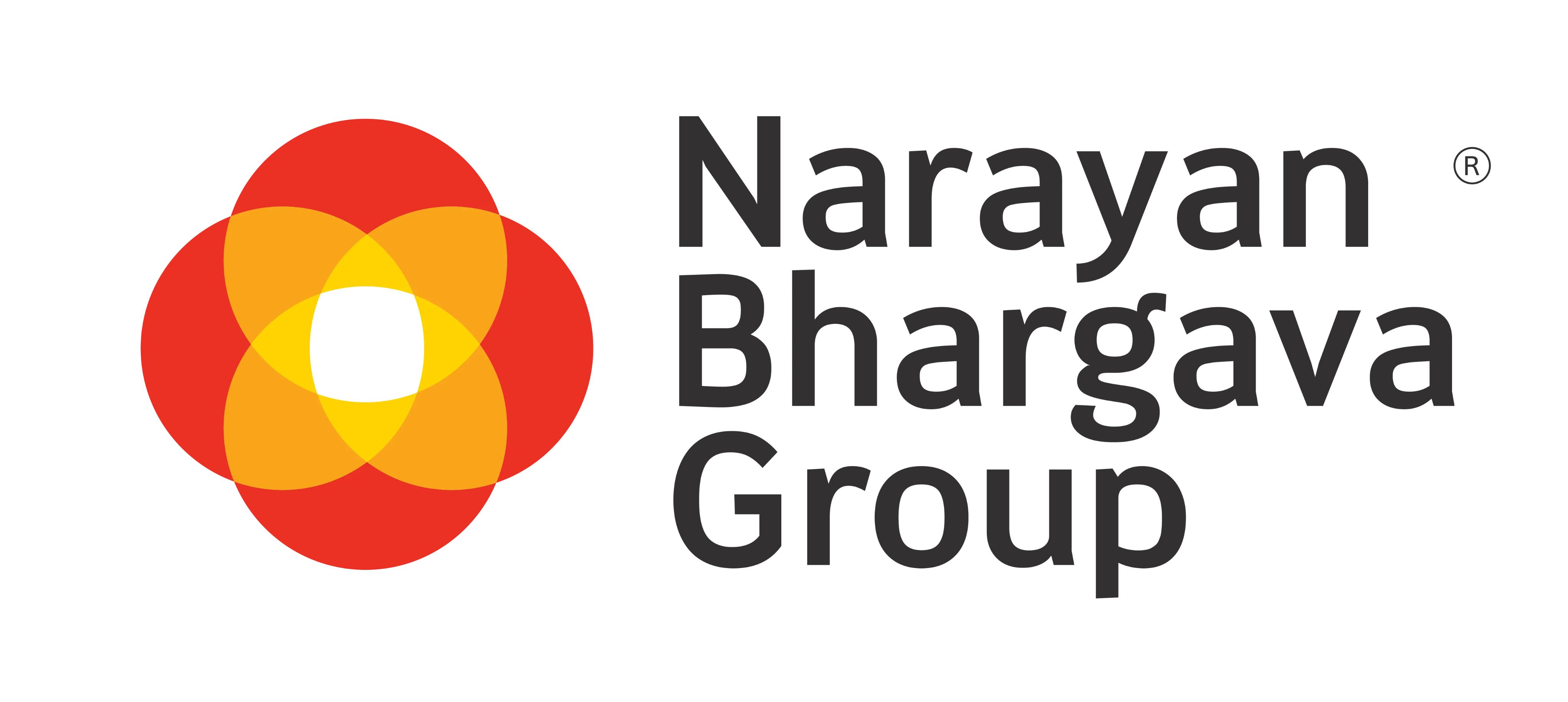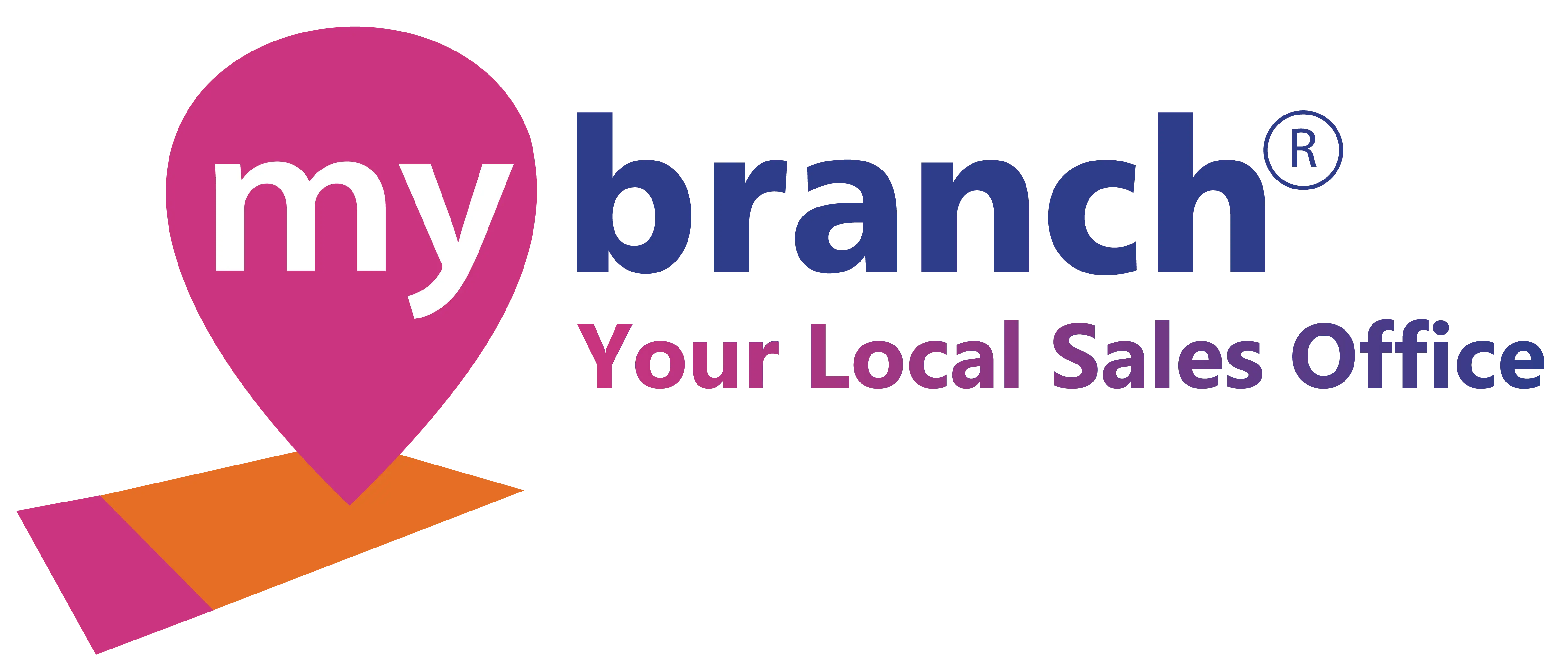Do you have back office tasks which cannot be handled in-house? Are you a company looking to reduce costs, improve efficiencies, and focus on core activities? Have you already partnered with a back office outsourcing company but do not know how to measure the project effectiveness? If the answer to these questions is a yes, this blog is for you.
The success of outsourcing initiatives hinges on the ability to effectively measure and manage performance. Key Performance Indicators (KPIs) play a crucial role in this process, offering insights into various aspects of the outsourcing partnership and ensuring that both the client and the service provider are aligned on goals and expectations. So what are the essential KPIs to measure the success of back office outsourcing? Find out below.
Back Office Outsourcing KPIs
Cost Savings
One of the primary motivations for outsourcing back office operations is cost savings. Therefore, it is essential to track and measure the financial impact of outsourcing. Key KPIs in this area include:
· Cost Reduction Percentage - This KPI measures the percentage decrease in costs achieved through outsourcing compared to in-house operations. It is calculated by comparing the current costs with the baseline costs before outsourcing.
· Return on Investment (ROI) - ROI calculates the financial return generated from the outsourcing investment. It helps in assessing whether the benefits outweigh the costs associated with outsourcing.
Process Efficiency
Efficiency gains are another significant benefit of back office outsourcing. Monitoring process efficiency ensures that the outsourced processes are streamlined and optimized. Key KPIs include:
· Turnaround Time (TAT) - TAT measures the time taken to complete a specific task or process. Reducing TAT indicates improved efficiency and faster service delivery.
· First-Time Right Percentage - This KPI measures the percentage of tasks or transactions completed correctly on the first attempt, without the need for rework or corrections. A higher first-time right percentage indicates better process accuracy and efficiency.
Service Quality
Maintaining high service quality is critical for the success of outsourcing partnerships. KPIs that focus on quality help in ensuring that the service provider meets the expected standards. Key KPIs include:
· Error Rate - The error rate measures the number of errors or defects in the delivered services. Lower error rates indicate higher service quality and accuracy.
· Customer Satisfaction (CSAT) - CSAT measures the satisfaction level of end-users or customers with the services provided. Surveys and feedback forms are commonly used to gather CSAT data.
READ: Benefits of Outsourcing Back Office Services in Banking
Compliance and Risk Management
Compliance with regulatory requirements and effective risk management are crucial aspects of back office operations. KPIs in this area help in monitoring adherence to standards and minimizing risks. Key KPIs include:
· Compliance Rate - This KPI measures the percentage of processes or transactions that comply with regulatory requirements and internal policies. A higher compliance rate indicates better adherence to standards.
· Risk Mitigation Effectiveness - This KPI assesses the effectiveness of risk management strategies implemented by the service provider. It includes tracking the number of risk incidents and the success rate of mitigation efforts.
Operational Performance
Operational performance KPIs focus on the overall productivity and performance of the outsourced functions. Key KPIs include:
· Productivity Rate - This KPI measures the output produced by the service provider within a specific timeframe. Higher productivity rates indicate better performance and efficiency.
· Resource Utilization - Resource utilization measures how effectively the service provider utilizes their resources, such as manpower and technology. Optimal resource utilization leads to better performance and cost-efficiency.
READ: Find Out Top Industries that Benefit from Back Office Outsourcing Services
Innovation and Continuous Improvement
Innovation and continuous improvement are essential for staying competitive and achieving long-term success. KPIs in this area help in tracking the service provider's commitment to innovation and improvement. Key KPIs include:
· Number of Process Improvements - This KPI measures the number of process improvements or innovations implemented by the service provider over a specific period. A higher number indicates a proactive approach to enhancing performance.
·Time to Implement Improvements - This KPI measures the time taken to implement process improvements or innovations. Shorter implementation times indicate agility and responsiveness.
Scalability and Flexibility
Scalability and flexibility are important factors in determining the success of back office outsourcing, especially for businesses experiencing growth or seasonal fluctuations. Key KPIs include:
· Scalability Index - This KPI measures the service provider's ability to scale operations up or down based on the client's requirements. A higher scalability index indicates better flexibility and adaptability.
· Flexibility Score - This KPI assesses the service provider's flexibility in accommodating changes in processes, requirements, or volume. It includes factors such as responsiveness to changes and ability to handle diverse tasks.
Measuring the success of back office outsourcing requires a comprehensive approach that encompasses various aspects of performance, quality, efficiency and relationship management. By implementing and monitoring the right KPIs, businesses can ensure that their outsourcing initiatives deliver the desired outcomes and drive long-term success.
Calibehr is a leading business solution provider in India. To know how we can help your business grow, contact us today.






